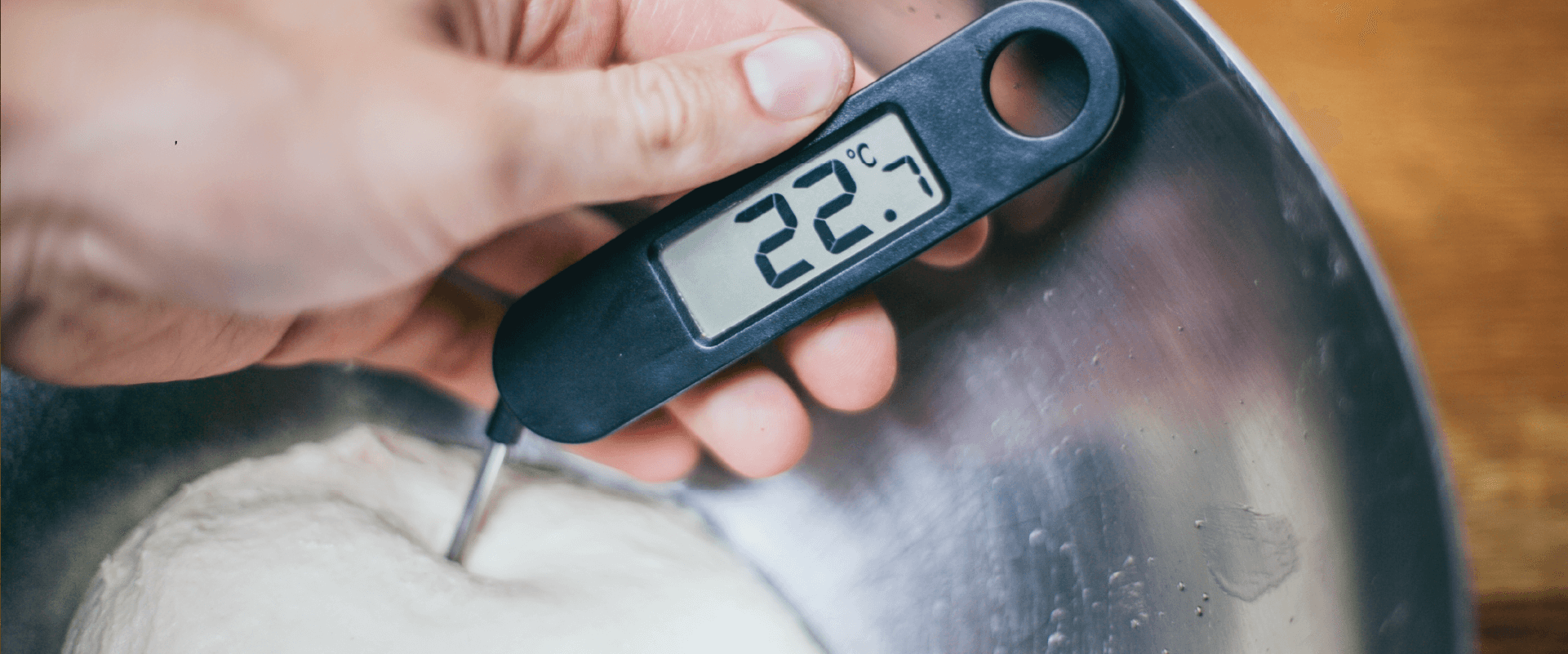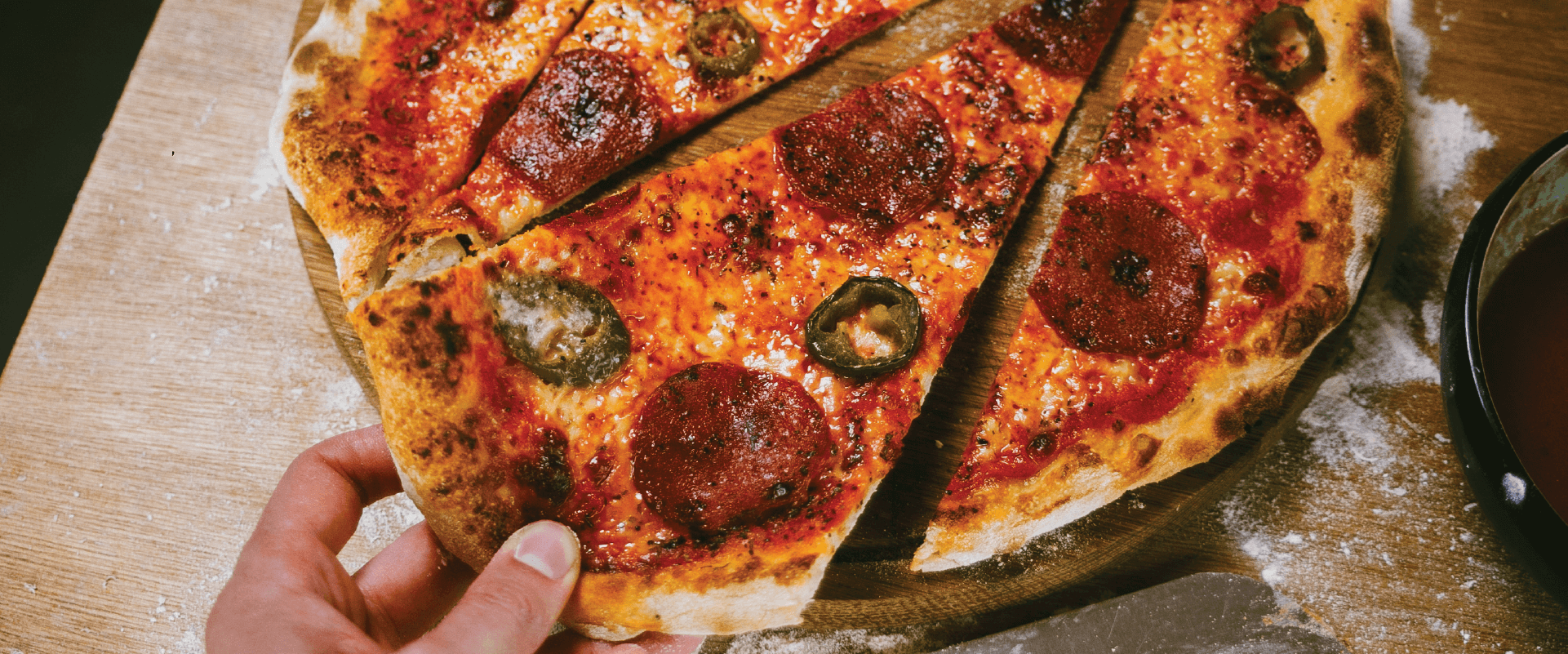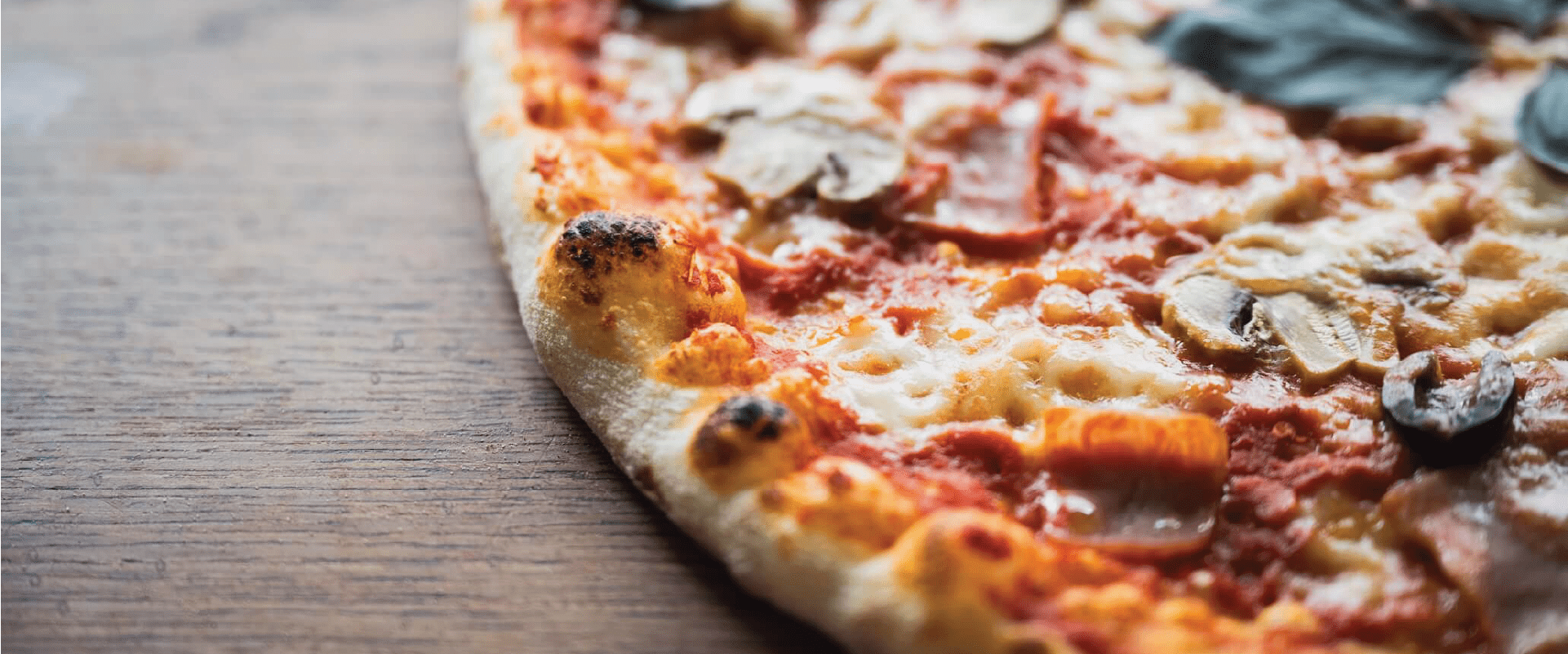You’ve likely encountered many recipes instructing you to use lukewarm water in the dough. We faithfully follow these instructions, feeling confident that yeast thrives in warmth—its optimal active state. When yeast is happy, so is the baker. However, is this conventional approach the best, or is there more to consider? Let’s delve in and find out.
What do we mean by dough temperature?
Dough temperature refers to the temperature of the kneaded dough. It’s influenced by factors like water temperature, flour temperature, room temperature, and friction heat (if kneaded with a machine). The Finished Dough Temperature (FDT) is crucial because it affects the speed of fermentation—lower FDT means slower fermentation and higher FDT means faster fermentation. You can control the FDT by adjusting the water temperature.
Yeast thrives in the mid-range temperatures of 77°F-86°F/25°C to 30°C. While aiming for a dough temperature within this range might seem optimal for yeast activity, the situation is a bit more complex. Beyond yeast, there are other crucial factors to consider.
As the temperature rises, yeast becomes more active, reaching its peak at around 95°F/35°C. Conversely, when it drops below 68°F/20°C, the yeast becomes sluggish and works more slowly.
At low temperatures, like 60.8°F/16°C, gluten becomes notably relaxed. At this temperature, yeast activity is at its slowest. By the time the yeast begins producing gas (carbon dioxide, which causes the dough to rise), the gluten has already relaxed to the point where it struggles to effectively trap the gas. Visualize it as inflating a balloon with extremely thin skin—it expands easily but bursts quickly.
When shaping dough balls from this dough, they tend to flatten out. This is because gluten relaxation outpaces the rising of the dough, leading to a lack of structural support.
On the other hand, if the dough is too warm (86-95°F/30-35°C), the yeast goes into overdrive because it loves warmth. As the dough rises, it quickly builds elasticity during bulk fermentation, moving into the ball-proof stage. The dough balls rise extremely quickly, leaving minimal time for the gluten to relax. The outcome? Dough balls that are puffy and filled with air, but challenging to shape into a pizza base because the gluten structure remains too stiff since it didn’t have the opportunity to properly relax.
Now you might be wondering, what is the right temperature then? The ideal temperature falls within a range of 68-78.8°F/20-26°C. This is the sweet spot, where the dough gets the opportunity to rise perfectly, and the gluten is relaxed enough to both support the rise and allow the dough ball to be stretched into pizza bases without resistance.

How to Calculate Dough Temperature
The ability to achieve the desired dough temperature from the mixed dough is a crucial aspect of dough management for consistent dough quality and performance. There is a relatively simple mathematical equation to follow for calculating the necessary water temperature to obtain a finished/mixed dough with a desired/specific temperature. However, before we dive into it, there are some basic concepts to be familiar with:
- Desired Dough Temperature (DDT): This is the temperature you want the dough to have when it finishes mixing.
- Desired Water Temperature (DWT): This is the water temperature needed to achieve the desired dough temperature.
- Room Temperature (RT): The temperature of the room where the mixed dough is currently located.
- Flour Temperature (FT): The temperature of the flour when used to make the dough.
- Friction Factor (FF): A value used to account for the temperature rise of the dough during the mixing process due to friction between the mixing bowl and the dough.
- Finished Dough Temperature (FDT): The temperature of the dough after mixing.
The equation for determining the Desired Dough Temperature (DDT): is as follows:
For machine mixing → (DDT °C x 3) – (RT °C + FT °C + FF)
For example:
- Desired Dough Temperature (DDT): 26°C
- Room Temperature (RT): 20 °C
- Flour Temperature (FT): 20 °C
- Friction Factor (FF): 21
- Desired Water Temperature (DWT): (26°C ×3)−(20°C +20°C +21) = 17 °C
The friction factor represents the amount of heat transferred to the dough during mixing and kneading (by machine). Friction can increase the dough temperature significantly, so it has to be considered when making dough temperature calculations. Especially with small batches of dough or very dry dough, the temperature rises quickly. The temperature will not rise as much with larger batches or wet dough. Unfortunately, there is no fixed number for the friction factor (by this I mean that every machine has a different effect on dough temperature). So if you want to know what friction factor ”your” machine has, you must first make a test batch of dough. Write down the desired water temperature (DWT) used, the room temperature (RT), the temperature of the flour (FT), and the temperature of the finished dough (FDT). Please note that FDT refers specifically to the temperature of your kneaded test batch dough, not the desired dough temperature.
Now the friction factor (FF) can be calculated with the following formula: FF = (3 x FDT °C) – (RT °C + FT °C + DWT °C).
For example:
| °C | °F | |
| Finished dough temperature (FDT) | 29 | 85 |
| Room temperature (RT) | 21 | 70 |
| Flour temperature (FT) | 21 | 70 |
| Desired Water temperature (DWT) | 24 | 75 |
| Friction factor (FF) | 21 | 40 |

For hand-kneading enthusiasts, there is a handy formula that will consistently lead you to an ideal temperature range between 73.4-75.2°F/23-24°C.
For hand kneading → 60 – ( RT°C + FT°C).
For example:
- Room Temperature (RT): 23°C.
- Flour Temperature (FT): 20°C.
- Desired Water Temperature (DWT): 60-(23+22)= 17 °C.
So, now we know dough temperature is a big deal. Whether you’re a seasoned baker or just diving into pizza making, keeping an eye on dough temperature is a key ingredient for awesome pizza. It affects everything – from how the dough rises to the texture of the crust. And voilà, with this knowledge, your pizza game just got a whole lot better! Expect pizzas that not only taste fantastic but also rock that perfect crust you’ve been aiming for.









